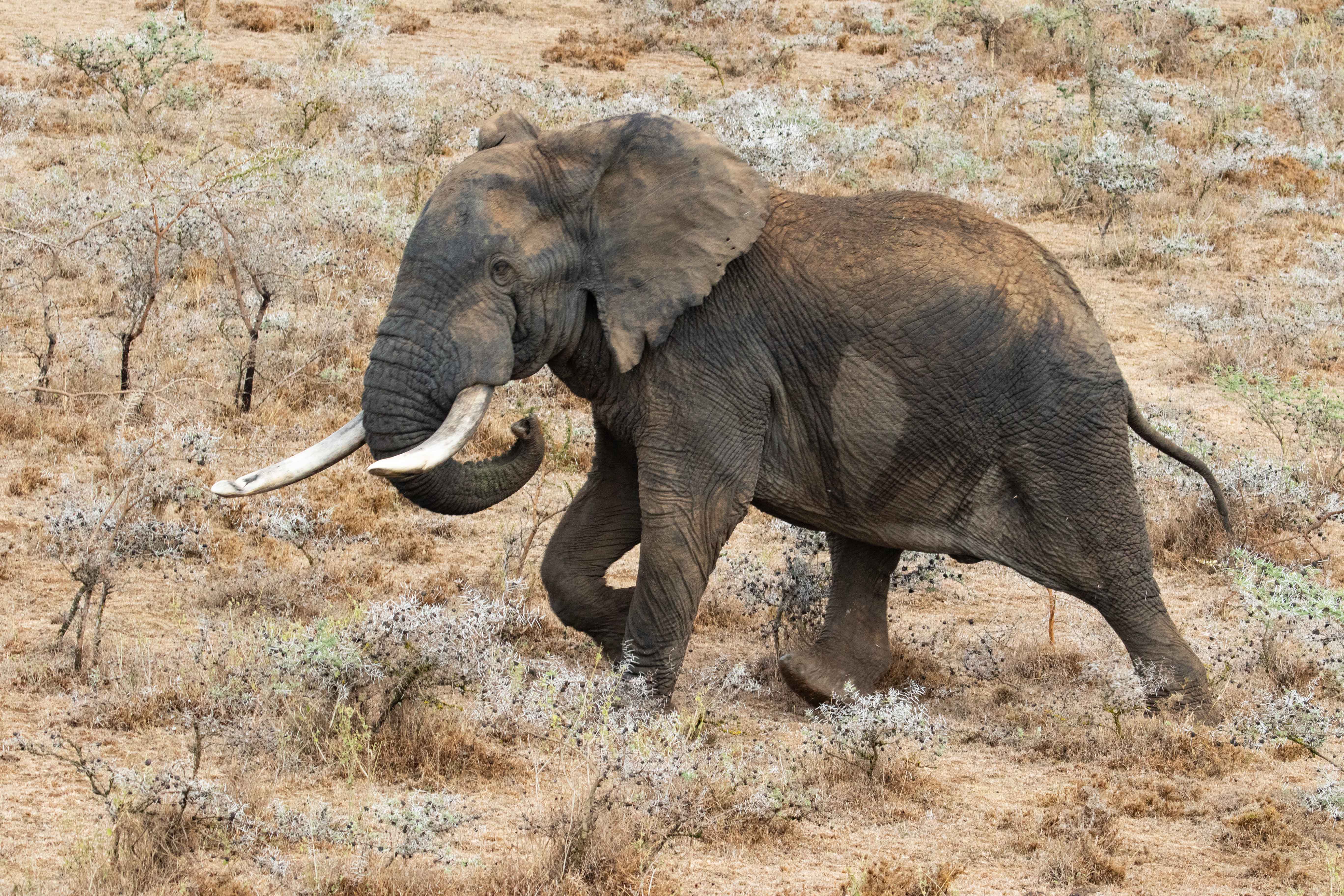Botswana tight lipped on the value of its ivory stockpile
Botswana is among the countries supporting the bid to overturn CITES ban on legal ivory trade at CoP19

Botswana has remained mum on the value of its ivory stockpile despite a desperate campaign to have a decade-long ban on sales by the UN Convention on International Trade in Endangered Species of Flora and Fauna (CITES) lifted.
Botswana’s neighbor Zimbabwe has valued its ivory stock at US$600 million (£474 million), although experts have questioned that figure claiming it is based on outdated market data.
Speaking to Sunday Standard following the Elephant Conference in Hwange, northern Zimbabwe last week, Botswana’s Department of Wildlife and National Parks (DWNP) Director, Dr. Kabelo Senyatso, said the decision not to disclose the size of the country’s ivory stockpile was premised on security concerns.
“I can’t tell you how much stock we hold,” Senyatso said. “I can’t divulge that for security reasons. Has Debswana ever told you how much [diamonds] they hold in their vaults? Why then would you expect me to tell you how much I hold in my vaults?” he asked rhetorically, drawing an analogy between ivory and diamonds.
The DWNP Director has maintained Botswana’s position on the lifting of the ban remains. “Our position remains unchanged in that we have always advocated for permission to legally trade in ivory.”
Speaking at the Conference, Senyatso was also quoted as having criticised CITES for not being inclusive enough to accommodate the people at the center of human-wildlife conflict.
He has also said they will have a scenario analysis for ivory stockpile trade consultancy commissioned for SADC, which the DWNP Director said the SADC Environment Ministers are considering and will communicate the outcomes after CITES CoP19 when they know the outcome of the CITES meeting.
A number of southern African countries have appealed for support for an opportunity for a once- off sale of their current ivory stockpile. International legal ivory sales have been banned since 1989 by CITES, the international body that monitors trade in endangered species, aside from two one-off sales, in 1999 and 2008.
The concerned governments believe this is an opportune time for another once off sale, funds from which they say will be used to sustain conservation efforts. Zimbabwe have said their current elephant population of about 100,000 has exceeded carrying capacity which they say is approximately 55,000. Proceeds from the sale of the current stock, Zimbabweans have said, would be enough to fund conservation efforts for 20 years.
Botswana joined her neighbors Zimbabwe and Namibia in 2019 in requesting for the right to sell ivory acquired through natural deaths, confiscations and culling. The demand was however rejected by CITES CoP18 which was held in Geneva.
Zimbabwe, particularly, has threatened to quit CITES due to frustration over the continued ban. The government argues the decision to maintain the ban is political, not scientific.
“Zimbabwe’s economy is currently bleeding,” an expert has said in support of the need to lift the ban.
“When Zimbabwe sees the stockpile they see money,” the expert said during a closed meeting with regional journalists ahead of the Elephant Conference.
The issue of Sovereignty has also been raised as the concerned African countries continue to grow frustrated with the ban.
An expert opposed to the lifting of the ban has however said the countries have to find alternative ways to fund conservation, saying it is clear that finance is the major driver for the campaign against the ban.
“To say the countries have too many elephants is too simplistic,” the expert told regional journalists recently. He said there was no evidence linking human-/wildlife conflict to overpopulation of elephants.
“The cause of the deadly encounters cannot be attributed entirely to the population of elephants.”
Another expert questioned whether the funds from the sale of ivory would really fund conservation efforts. Botswana’s Director of Wildlife, Senyatso insists however that the money goes directly to conservation and affected communities.
“Ivory sale funds were put in a Conservation Trust Fund (CTF) from which communities from the elephant range can apply for up to BWP1 million (£66,000) for their projects,” he has said.
This article is reproduced here as part of the African Conservation Journalism Programme, funded in Angola, Botswana, Mozambique, and Zimbabwe by USAID’s VukaNow: Activity. Implemented by the international conservation organisation Space for Giants, it aims to expand the reach of conservation and environmental journalism in Africa, and bring more African voices into the international conservation debate. Read the original story here.

Join our commenting forum
Join thought-provoking conversations, follow other Independent readers and see their replies